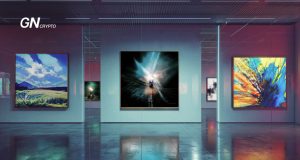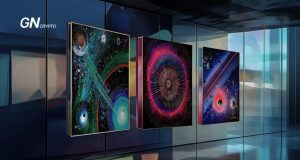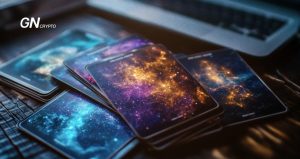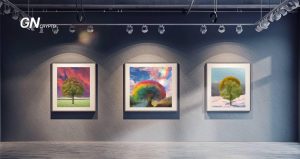Reader.Gallery: The Portal to the Story Inscriptions’ Realm
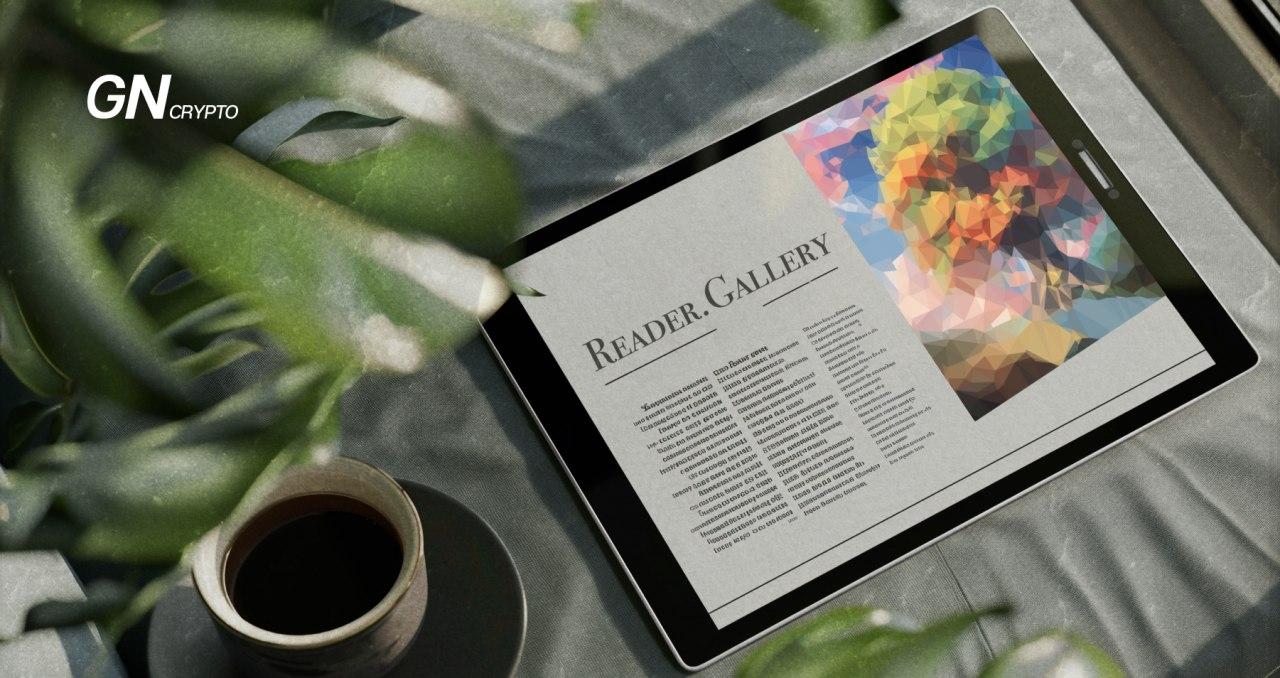
Reader.Gallery offers an open-source platform for browsing text and images integrated with the decentralized Story Inscriptions protocol.
On this page
The standout feature of Story Inscriptions is their independence from blockchain metadata, ensuring they remain immutable once added. They are attached to non-fungible tokens (NFTs) using a smart contract specifically developed by Transient Labs. For more details on this technology, read our dedicated article.
Justin Kalland, a software engineer and artist, also known by his alias nix.eth, is the mind behind Reader.Gallery. He developed it as an alternative to the official service and to fill the gap in support for Story Inscriptions on popular NFT marketplaces such as OpenSea and Blur.
Reader.Gallery does not support search functionality and can only show Story Inscriptions messages via direct links:
1. To find a particular NFT:
https://reader.gallery/CONTRACT_ADDRESS/TOKEN_ID (replace the uppercase placeholders with the actual data).
2. To browse the entire smart contract:
https://reader.gallery/CONTRACT_ADDRESS
The platform does not require registration and offers no customization options other than an auto-adjusting light or dark theme. Its creator believes that it helps users concentrate on reading and viewing NFT stories without distractions. Nonetheless, because of its open-source code and MIT license, third-party developers can modify the platform as they see fit.
Just a clean view with the single purpose of exploring stories. No logos, accounts, or complicated UI elements. The spotlight is on the collection and its NFTs,
Justin states.
For precise visual delivery, Justin added Markdown language support for Story Inscription messages. This integration ensures that all messages are displayed accurately and as the author intended. Furthermore, all links in the “ipfs://” format from the peer-to-peer data-sharing network (IPFS), which can't be accessed via traditional browsers, are automatically transformed into standard HTTPS links.
Reader.Gallery supports three major blockchains: Ethereum, Base, and Arbitrum, along with their test networks (Sepolia). The main Ethereum network is used by default. To switch to another blockchain and view Story Inscriptions, use a direct link: https://reader.gallery/CHAIN_NAME/CONTRACT_ADDRESS/TOKEN_ID.
Reader.Gallery. Source: Reader.Gallery official webpage.
Reader.Gallery provides a simple yet effective alternative to Transient Labs' official tool, which may seem too cluttered or feature-heavy for some users. While the platform lacks an NFT search feature, this doesn't hinder genuine admirers from enjoying their chosen messages. Plus, its open-source nature enables developers to create more feature-rich modifications.
The content on The Coinomist is for informational purposes only and should not be interpreted as financial advice. While we strive to provide accurate and up-to-date information, we do not guarantee the accuracy, completeness, or reliability of any content. Neither we accept liability for any errors or omissions in the information provided or for any financial losses incurred as a result of relying on this information. Actions based on this content are at your own risk. Always do your own research and consult a professional. See our Terms, Privacy Policy, and Disclaimers for more details.


